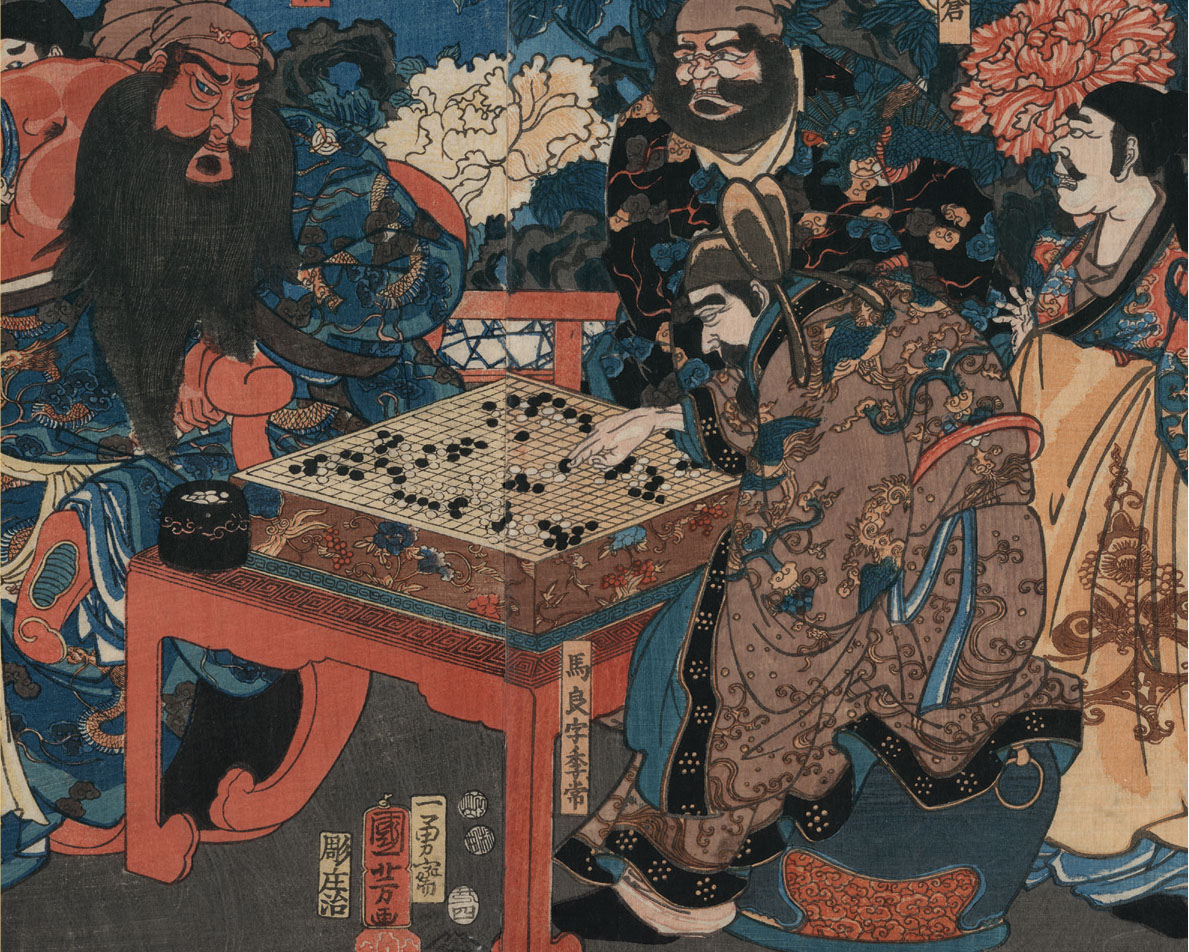A History of World Societies:
Printed Page 375
A History of World Societies Value
Edition: Printed Page 368
Individuals in Society
Shen Gua
Individuals in Society
Shen Gua

IN THE ELEVENTH CENTURY IT WAS NOT RARE FOR CHINESE men of letters to have broad interests, but few could compare to Shen Gua (1031–
Shen Gua’s father was an official, and Shen Gua often accompanied him on his assignments, which built up his knowledge of geography. In 1063 he passed the civil service examinations, and in 1066 he received a post in the capital. He eventually held high astronomical, ritual, and financial posts and became involved in waterworks and the construction of defense walls. He was sent as an envoy to the Khitans in 1075 to try to settle a boundary dispute. When a military campaign that he advised failed in 1082, he was demoted and later retired to write.
It is from his book of miscellaneous notes that we know the breadth of his interests. In one note Shen describes how, on assignment to inspect the frontier, he made a relief map of wood and glue-
Shen Gua is especially known for his scientific explanations. He explained the deflection of the compass from due south. He identified petrified bamboo and from its existence argued that the region where it was found must have been much warmer and more humid in ancient times. He argued against the theory that tides are caused by the rising and setting of the sun, demonstrating that they correlate with the cycles of the moon. He proposed switching from a lunar calendar to a solar one of 365 days, saying that even though his contemporaries would reject his idea, “surely in the future some will adopt my idea.” To convince his readers that the sun and the moon were spherical, not flat, he suggested that they cover a ball with fine powder on one side and then look at it obliquely. The powder was the part of the moon illuminated by the sun, and as the viewer looked at it obliquely, the white part would be crescent shaped, like a waxing moon. Shen Gua, however, did not realize that the sun and moon had entirely different orbits, and he explained why they did not collide by positing that both were composed of qi (vital energy) and had form but not substance.
Shen Gua also wrote on medicine and criticized his contemporaries for paying more attention to old treatises than to clinical experience. Yet he, too, was sometimes stronger on theory than on observation. In one note he argued that longevity pills could be made from cinnabar. He reasoned that if cinnabar could be transformed in one direction, it ought to be susceptible to transformation in the opposite direction as well. Therefore, since melted cinnabar causes death, solid cinnabar should prevent death.
QUESTIONS FOR ANALYSIS
- How did Shen Gua’s travels add to his curiosity about the material world?
- In what ways could Shen Gua have used his scientific interests in his work as a government official?
- How does Shen Gua’s understanding of the natural world compare to that of the early Greeks? (See “The Flowering of Philosophy” in Chapter 5.)
Document Project
What cultural pursuits interested the scholar-
View images from the Song period, and then complete a quiz and writing assignment based on the evidence and details from this chapter.